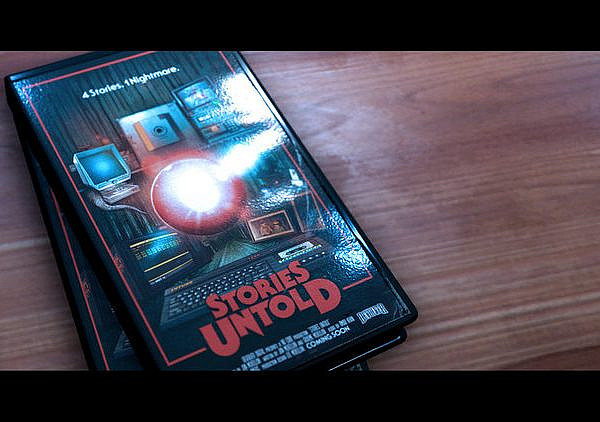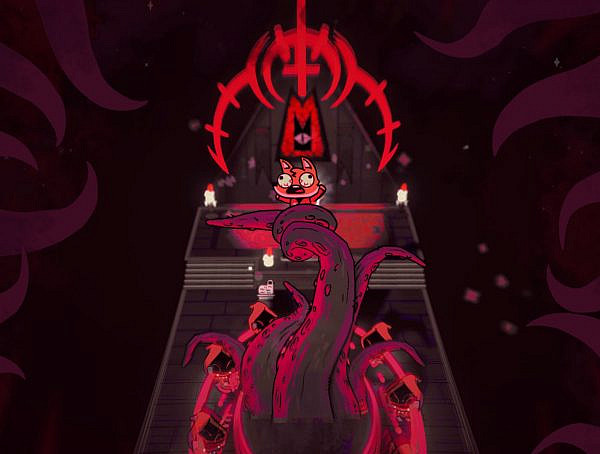Glitch horror utilizes the fallibility of technology as the source of its horrors.
In her paper “Glitch Horror: BEN Drowned and the Fallibility of Technology in Game Fan Fiction” Emily Crawford seeks to define a rising horror genre, glitch horror. She explores the genre through participatory culture, fan fiction, accidental horror, the uncanny, the fallibility of technology, and games breaking the rules of play. As a primary source Crawford uses BEN Drowned, a popular online horror story about a haunted video game cartridge.
According to Crawford, glitch horror is about the fears of technology not working the way it should. In this genre the anxiety comes from glitchy video games, corrupted computer files, and coding gone wrong. Crawford discusses that the effectivity of glitch horror comes from how it relies on comparably new technologies.
BEN Drowned is an example of an online glitch horror story. The story first surfaced on web in 2010, and it has since achieved huge popularity and garnered a large fan community. BEN Drowned tells the story of a college student who buys a haunted The Legend of Zelda: Majora’s Mask video game cartridge for Nintendo 64 game console from a yard sale. The cartridge is possessed by the ghost of its former owner, and as the story goes on the ghost even possesses the student’s computer. The story is told via posts to an online forum 4chan. The posts are accompanied by YouTube videos that feature clips of the game’s gameplay.
Crawford emphasizes that BEN Drowned is a work of fan fiction. As such it’s a part of the participatory culture surrounding The Legend of Zelda. The activity of fans outside games is an important part of building fan communities. To make BEN Drowned happen the story’s creator manipulated Majora’s Mask and rewrote the game’s coding to make new content. This is an example of game fandom where people create and share new experiences by modifying the original games.
Usually to understand a work of fan fiction you need to have knowledge of the original content. According to Crawford, BEN Drowned makes no exception as it uses pre-existing glitches of Majora’s Mask that are known to the players of the game. It’s marked in the story which glitches are ordinary in the game and which are caused by the ghost. Moreover, in BEN Drowned the readers identify themselves with the writer rather than the in-game characters. It’s because the story takes place within the real world instead of the game world.
Crawford discusses that video games can be unintentionally scary because of accidental uncanny. The uncanny means something that is familiar yet strange at the same time. This kind of fear can be produced for example via game characters behaving the way they shouldn’t. BEN Drowned reflects the power of accidental horror by using bizarre errors in the game as part of its story.
Instead of jump scares and monsters the horror can come from everyday anxieties. Crawford notes that BEN Drowned explores the fears of the technological fallibility of video games. Video games can be vulnerable to glitches, bugs and corrupted files, for instance. Additionally, BEN Drowned plays upon fears about games breaking the rules of play. Playing stops being fun when it becomes involuntary, addictive and even life-threatening.
According to Crawford, glitch horror expresses the anxieties surrounding the limitations of technology. Like BEN Drowned, these horror stories can play upon technology-related frustrations such as video game glitches. However, there’s a need for more research to be done on the genre of glitch horror.
Source:
Crawford, E. E. (2017). Glitch horror: BEN Drowned and the fallibility of technology in game fan fiction.
Available from http://www.digra.org/wp-content/uploads/digital-library/150_DIGRA2017_FP_Crawford_Glitch_Horror.pdf
Featured images:
Redmare by Oskari Vaaras
Horrorpixelz by Oskari Vaaras
You might also like
More from Game Research Highlights
How do you want to do this? – A look into the therapeutic uses of role-playing games
Can playing RPGs contribute positively to your wellbeing? A recent study aims to find out how RPGs are being used …
Are Souls Games the Contemporary Myths?
Dom Ford’s Approaching FromSoftware’s Souls Games as Myth reveals the Souls series as a modern mythology where gods fall, desires …
Of claws and cuddles: Exploring Dark Cozy Games
Cute, wholesome, safe....dark, heavy, violent? Let's talk about dark cozy games!
















